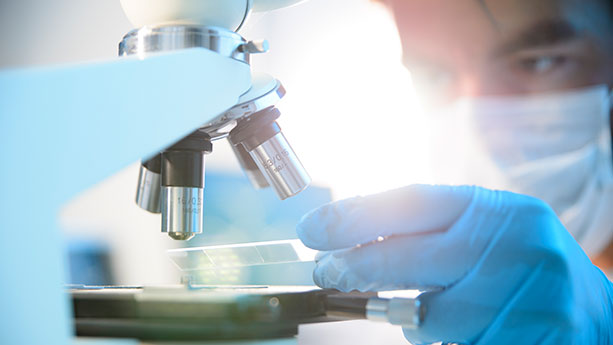If you are having problems controlling your bladder or with your reproductive system, urology specialists in the Sutter Health network can help.
We offer a variety of urodynamic tests to identify conditions that may be interfering with your urinary tract, as well as diagnostics that can rule out more serious diseases and pinpoint reproductive system disorders.

Cystometric Test
A cystometric test measures how much urine your bladder can hold, how full it is when you start to feel the need to urinate and how bladder pressure affects your urge to urinate. This test can also be used to pinpoint involuntary bladder contractions.
Electromyography
Electrodes are used to measure the electrical activity in the muscles and nerves that control your bladder and sphincters in an electromyography (EMG). This test can help determine if your bladder and sphincters are correctly interpreting the messages they are receiving.
Leak Point Pressure Measurement
A leak point pressure measurement takes place at the same time as a cystometric test. As your bladder is filling up, you may leak some urine, and if you do, this test measures the pressure inside the bladder when the leak happens.
Postvoid Residual Measurement
After urinating, this test measures how much urine is left in your bladder—called postvoid residual. A catheter or ultrasound can be used to measure postvoid residual and the measurement is used to evaluate if your bladder is completely emptying or not.
Pressure Flow Study
For a pressure flow study, a manometer measures the bladder pressure needed to urinate and the flow rate a particular pressure creates. This test can be performed after a cystometric test and can help identify bladder blockages.
Uroflowmetry
Uroflowmetry measures how long it takes to empty your bladder and the volume and flow rate of the urine. The urination data is collected and converted into a graph that shows changes in your flow rate second by second.
Video Urodynamic Tests
These tests take pictures and videos that show the size and shape of your bladder during filling and emptying. Depending on what type of video urodynamic test you have, your bladder may be filled with a special fluid that shows up on X-rays or with warm water for an ultrasound.














